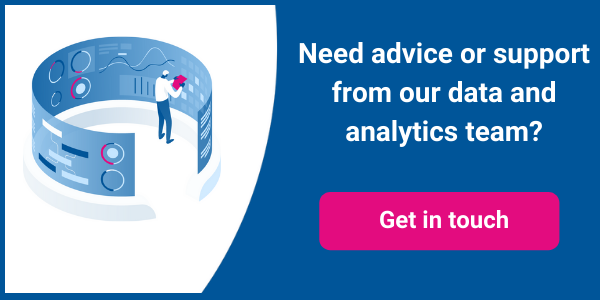You might think Machine Learning – a kind of artificial intelligence – belongs in the computer or neuroscience lab, or is only meant for futuristic, large-scale projects like self-driving cars. Yet if you run a media business of any kind, there are plenty of practical ways you can use Machine Learning (ML) to help you create and distribute content more efficiently, and extract value from content you already own.
- Make your content richer, by using ML to automatically transcribe audio – accurately and in real time. ML can help whether you want to add closed captioning to live TV broadcasts, generate subtitles for pre-recorded films and TV programmes, or transcribe news interviews. The Google Cloud Speech API can transcribe both streamed or stored audio in more than 80 languages, letting you cut the cost of transcription or allowing you to add transcription without breaking the bank.
- Extend your reach to more countries, by using ML to automatically translate text into other languages. The most obvious use is to provide news content to multiple markets, but it can also allow consumers in different countries – players in a global multi-player game, for instance – to interact even if they don't speak the same language. The Google Cloud Translation API can already detect and translate more than 100 languages with a level of accuracy close to that of human translators.
- Understand more clearly how your audience is reacting, through sentiment analysis powered by ML. The Google Cloud Natural Language API can extract meaning from text, so you can look at what people are saying in social media posts about your content or your company.
- Rapidly index your content and make it easier to search, by automatically adding tags to images and videos using ML. The Google Cloud Vision and Video Intelligence APIs can recognise the content in photos and videos as accurately as a person – but far more quickly – and tag everything from people and landmarks to actions like scoring a goal in football or abstract ideas like "holidays". That then makes it very easy to create apps to search for all images or video clips involving specific content.
- Flag up and filter out potentially inappropriate content, whether from user-generated content or content you've created yourself that may not comply with country-specific regulations in all your markets. Alongside the general tags it applies to content, the Google Cloud Vision API can identify and tag explicit, violent or spoofed content, making it easy to filter it when necessary.
Working with our data analytics and AI team
Our Data, Analytics and AI practice brings together a highly committed team of experienced data scientists, mathematicians and engineers. We pride ourselves in collaborating with and empowering client teams to deliver leading-edge data analytics and machine learning solutions on the Google Cloud Platform.
We operate at the edge of modern data warehousing, machine learning and AI, regularly participating in Google Cloud alpha programs to trial new products and features and to future-proof our client solutions.
We have support from an in-house, award winning application development practice to deliver embedded analytics incorporating beautifully designed UIs. We are leaders in geospatial data and one of the first companies globally to achieve the Google Cloud Location-based Services specialisation. If you'd like to find out more about how we can help you build your own modern data and analytics platform, why not take a look at some of our customer success stories or talk to our data analytics team.

